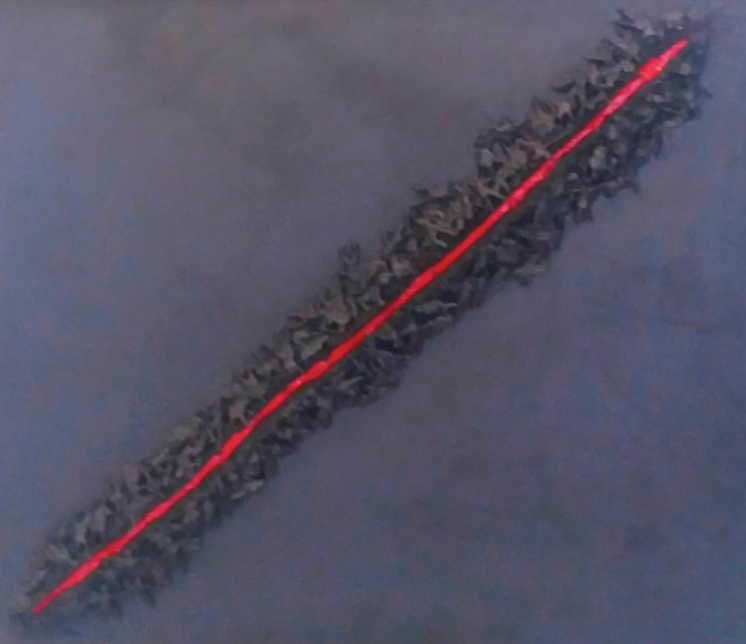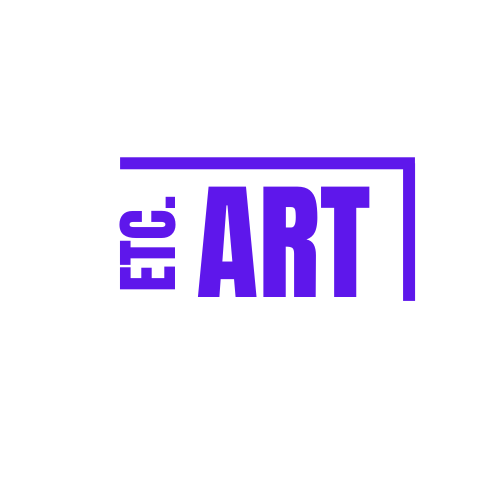Your Artwork, Your Voice: Artwork & Article by Helen Defoe
- Helen Defoe
- Jun 7, 2024
- 3 min read
Updated: Jun 12, 2024

A couple of years ago I suffered a breakdown, but it brought me back to art-from every negative comes a positive. Throughout my convalescence I learnt glass engraving, paper, and reed work and have decided to start painting again.
My son once made a causal remark on how the veins of a leaf engraved on glass reminded him of WWl aerial photographs. His comment piqued my interest, and following this I decided to explore this tumultuous time through my work.
My art became heavily influenced by war, and I have since thrown myself into producing several pieces using multiple mediums like a person possessed. I became immersed. The 'Section de Camouflage' was a system of disguise established by the French army in 1914 which included camouflage trees, cramped observation posts designed to mimic natural flora. A tree which was growing in a good observation point would be recreated using steel and tarpaulin in the back lines. The false tree would replace the original under the cover of darkness. This caught my imagination, and I made a short tree trunk from paper clay with ghostly faded pictures of soldiers looking out from cracks in the 'bark'. The whole thing was wrapped in paper barbed wire.
I created further pieces from papier mache and acrylic paint, depicting the bomb damage on the ground from aerial photographs of the Somme and other areas. It made me think how scarred the ground was and still is, which led me on to my next two pieces, 'Scars' and 'Explosion'.
Scars depicts the senseless waste of life, of men going 'over the top' and of war in general. A red diagonal slash across the canvas is piled up either side with hundreds of toy soldiers, each painted black and wrapped in their own individual black paper shroud, their form only just distinguished, their faces forgotten.

The Lochnagar mine was the largest mine ever detonated and the sound blast was, at that point, considered to be the loudest man-made noise of all time. The blast created a flat-bottomed crater approximately 70ft (21m) deep and 450 ft (140 m) across the full extent of the lip. The white ring of 'Explosion', was influenced by a modern photograph of the crater showing the top chalk circle.
These pieces are quite minimalist as, in my mind, other detail isn't required and is superfluous.
From the photographs of the battlefield explosions arose my hanging sculpture entitled 'Smoke'. One of my favourite war time poems of this era was written by Wilfred Owen, Dulce et Decorum Est'. It tells of the horrors of war and the terrors that were experienced.
The more I read this poem, the harder the impact of his words hit and the more vivid his portrayal. The words of Owen's poem and a number of WW1 statistics are printed along the lower reed bones of the sculpture: sharp reminders of the horrors of war. As mentioned, glass engraving is a newly acquired skill that I have developed. Being a girl of a ghoulish nature, I have always been fascinated with churches and headstones. This later developed in to a fascination for memento mori illustrations from the 17th and 18th centuries. The engraving here was inspired by people's fears and mass hysteria of COVID-19 and my love of medicinal and poisonous plants.

Things in nature have always been around to help or harm, heal or kill, and so bearing this in mind I engraved lily-of-the-valley, aconitum, arum maculatum, atropa belladonna and cereal crops, which have been known to kill through bad storage. Also added are a mosquito, a flea, a bat and a viper.
Being a keen cloud watcher (a dragon shaped cloud influenced my return to Wales), it is not overly surprising that I have started producing a collection based on cloud forms.
Techniques I learnt decades ago as an interior designer and decorator were remembered, dusted off and practised. I used to make up my own scumbles and glazes based on old recipes years ago but have found that I now get a skin reaction from them. One adapts. I use acrylic instead of oil, water instead of white spirit and canvas instead of a ceiling, which is much easier on the neck!




Comments